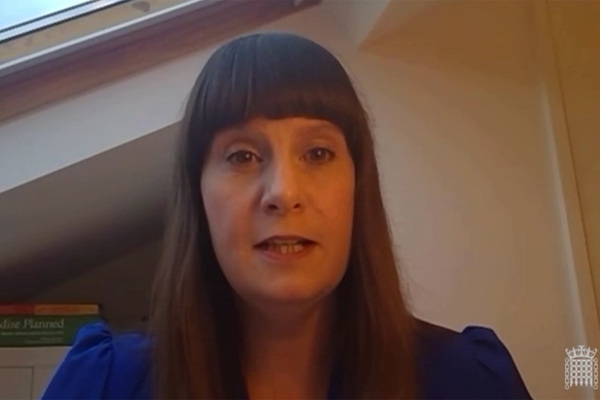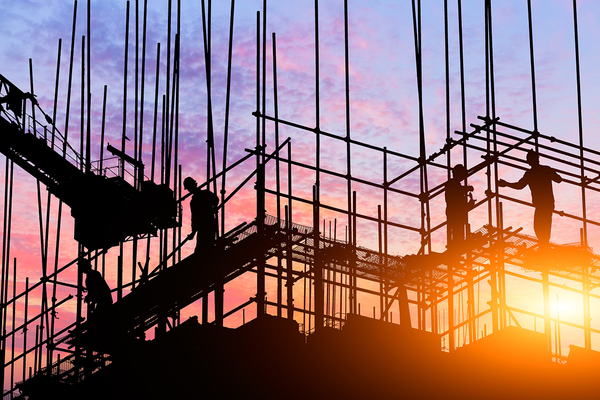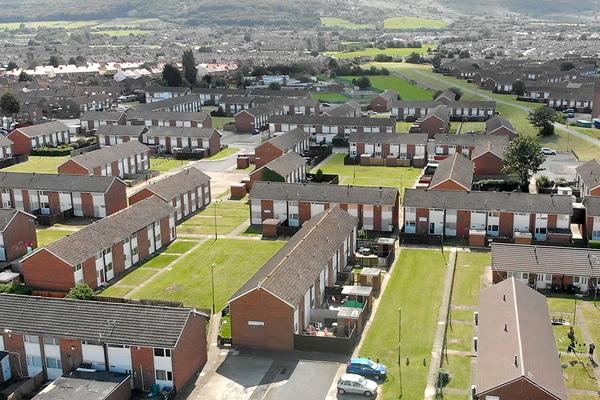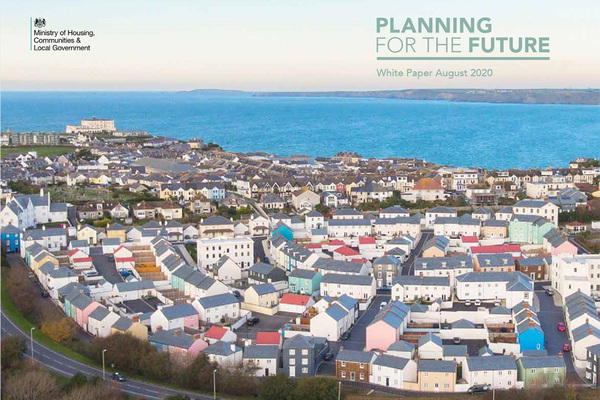You are viewing 1 of your 1 free articles
New Infrastructure Levy could mark return to ‘era of bolt-on estates’, NHF warns government
The National Housing Federation (NHF) has criticised the government’s plans to replace Section 106 with a new Infrastructure Levy, warning it could see the return of “an era of bolt-on estates” in areas “that no one wants to live in”.

Speaking at a Housing, Communities and Local Government (HCLG) Committee meeting yesterday, Kate Henderson, chief executive at the NHF, told MPs that she did not currently support the idea of a new Infrastructure Levy and urged ministers to improve the current Section 106 system instead.
She said: “At the moment with Section 106, there is onsite provision of affordable housing [...] if we’re coming forward with zonal planning or with a national levy, we cannot go back to an era of bolt-on estates, which are mono-tenure, so you have a contribution that’s paid and that money then goes to a piece of land that’s on the outside of town that no one wants to live in and that’s where you put the social housing.”
Ms Henderson added: “I really think the government wants to keep mixed communities, I think that is a government ambition, it’s just really hard to see with the current proposal how we do that.”
As part of its recently published Planning White Paper, the government has proposed introducing a new flat-rate Infrastructure Levy to replace Section 106 and the Community Infrastructure Levy.
Section 106 is an agreement made between local authorities and developers that determines how much affordable housing must be delivered as part of an individual project. It is the largest contributor of affordable housing, with the mechanism accounting for 49% of all affordable homes completed in England in 2018/19.
The affordable housing is usually delivered onsite, however sometimes developers pay a financial contribution where onsite delivery is not possible.
In contrast to Section 106, the government has proposed that the new Infrastructure Levy would be set at a single national rate or an area-specific rate and would be tied to final development values. It is not currently clear whether the levy would enable the provision of on-site affordable housing.
On the plans to calculate the levy based on gross development value, Ms Henderson said: “That doesn’t take account for widely varying viability and profitability of different areas, different sites and different schemes.
“I think it risks promoting the most-profitable schemes over the most-sustainable and most-needed development in communities and particularly in areas of marginal viability.”
She also expressed concerns about how the levy would work in areas of “lower demand”, alongside “former mining towns, industrial cities and some of our coastal communities” where land values are much lower.
Despite the government’s claims that the new Infrastructure Levy will deliver “at least as much” affordable housing as Section 106, a number of housing bodies, including the Chartered Institute of Housing, have argued that there is not enough evidence to support this.
Ms Henderson said the NHF “appreciates the government’s intention is to secure as much affordable housing through the planning system”, but said it was not sure how the government’s proposals will enable this.
Speaking at the same committee hearing, Philip Barnes, group land and planning director at Barratt Developments, told MPs the house builder supported “simplicity” and “transparency” when it comes to developer contributions, but warned the new levy could lead to “unintended outcomes for developers, communities or local authorities”.
He said: “If we’re paying a local authority to deliver some infrastructure which is necessary for our development, that makes us quite nervous about whether we’re certain it’s going to be delivered, whereas under Section 106 we just deliver ourselves.”
The consultation for the government’s Planning White Paper recently came to a close and Inside Housing summed up the key takeaways from the sector’s responses here.












